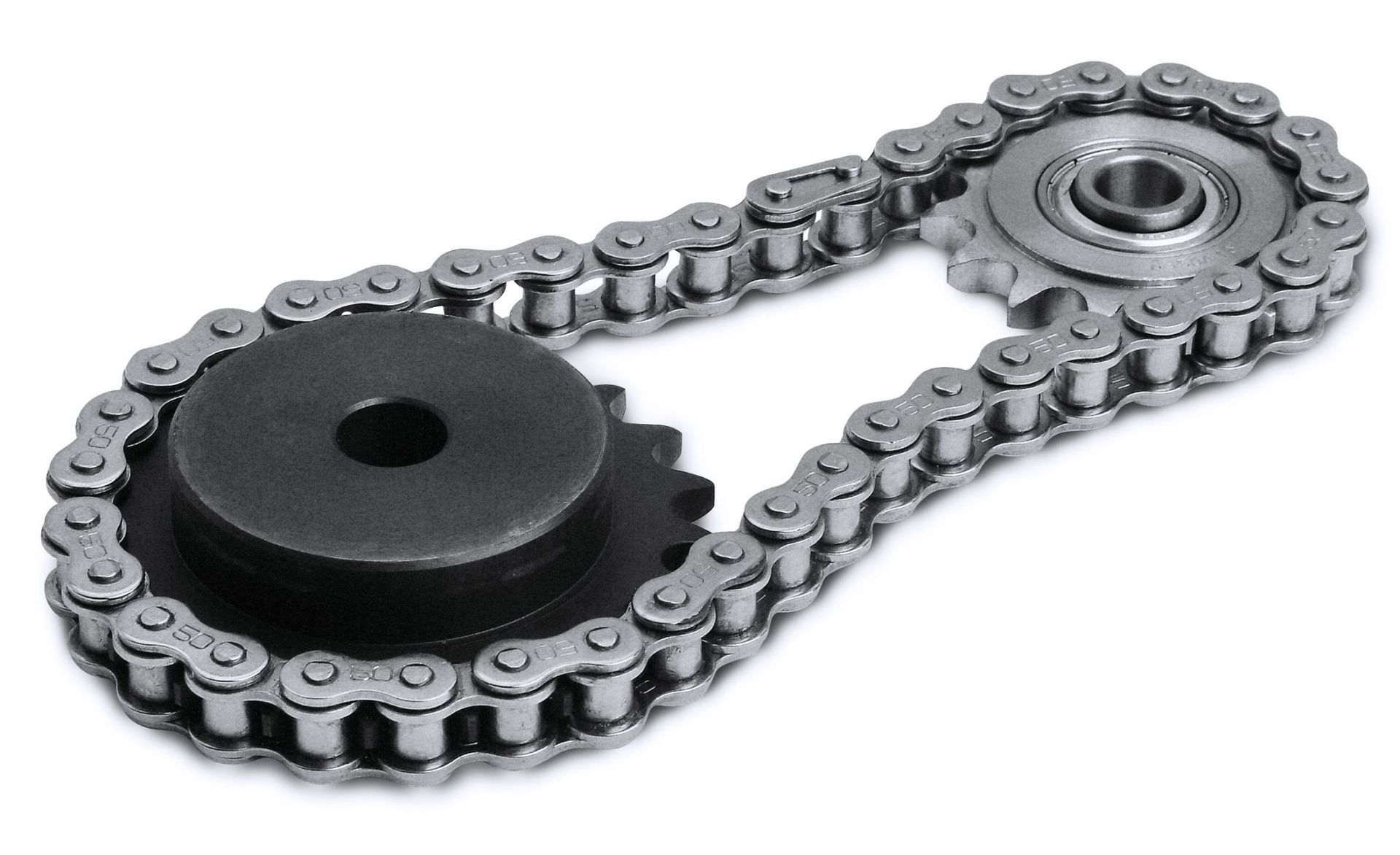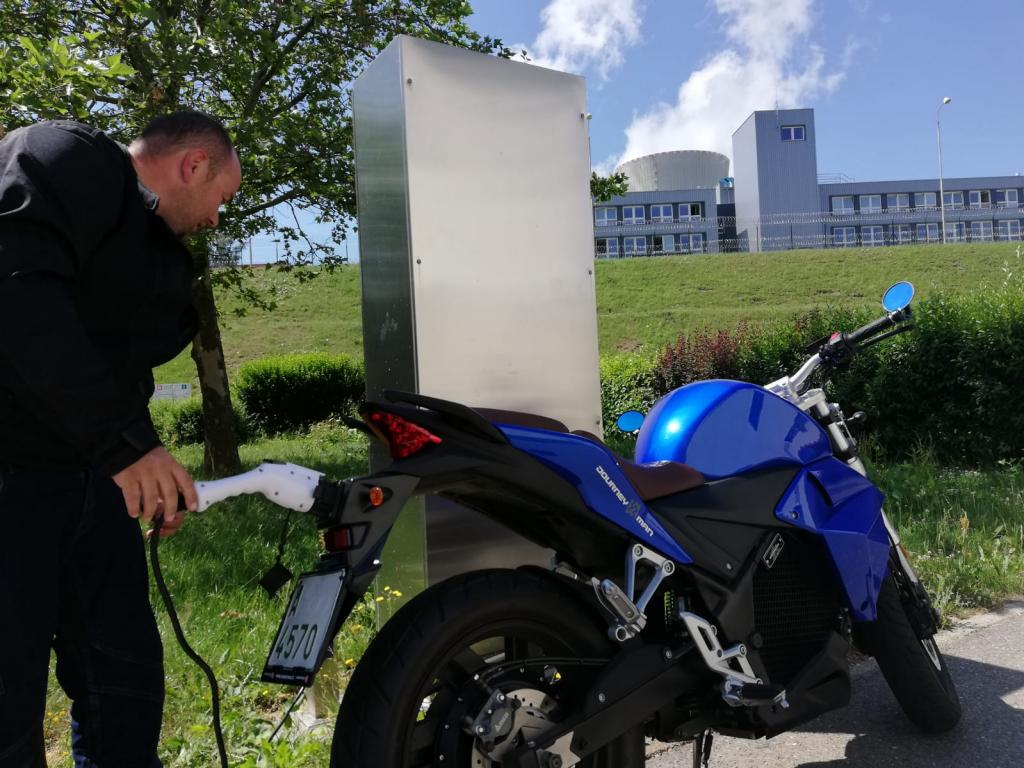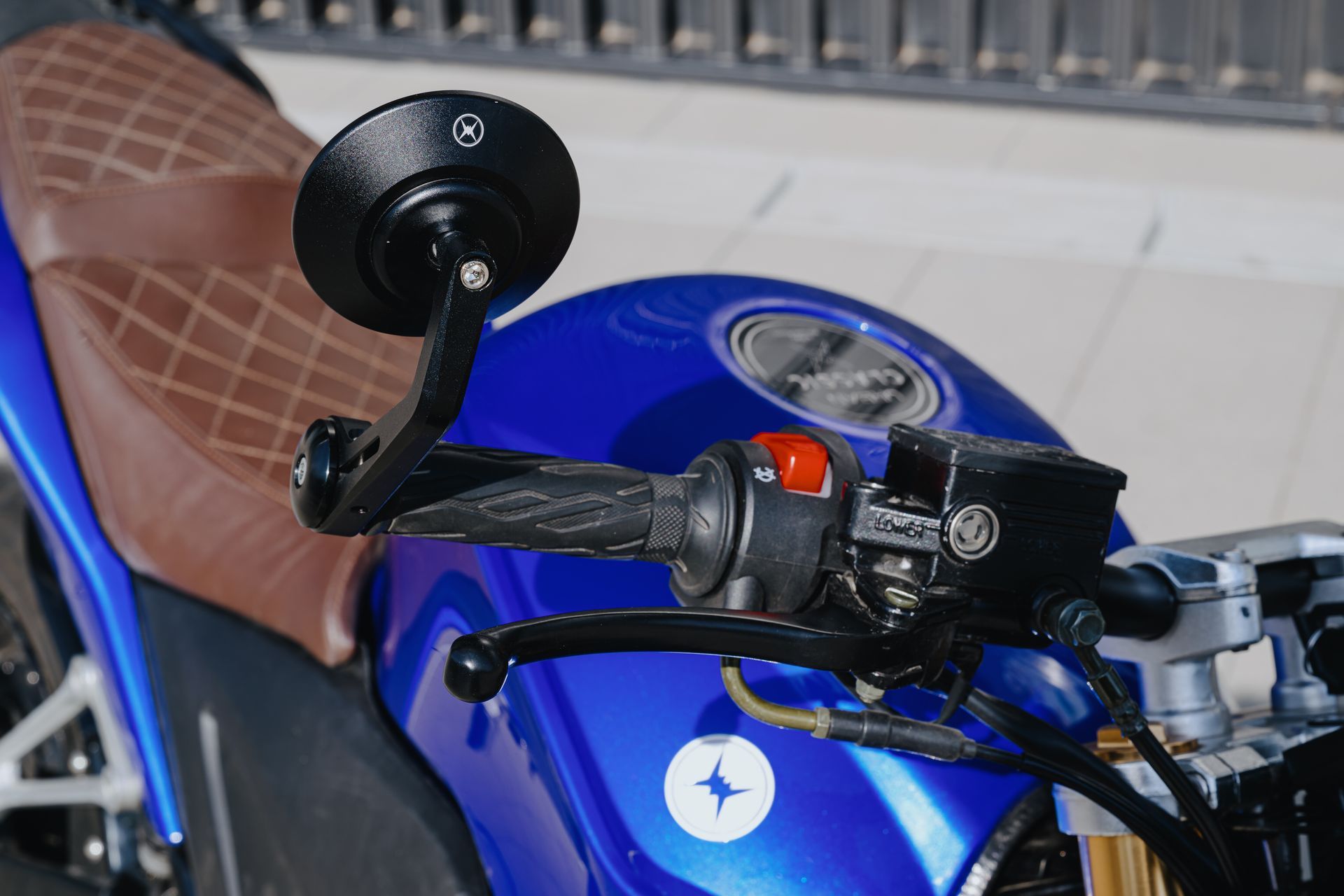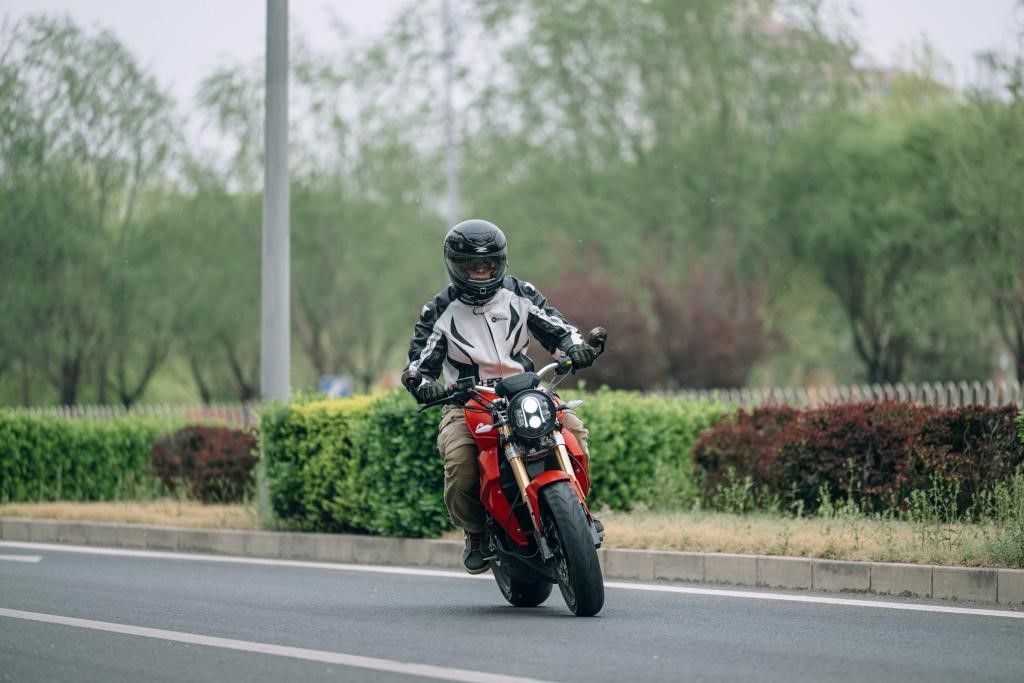Safe Riding and Battery Management in Winter
How to ride, what to wear and what to know during winter. Let's go over it together ...
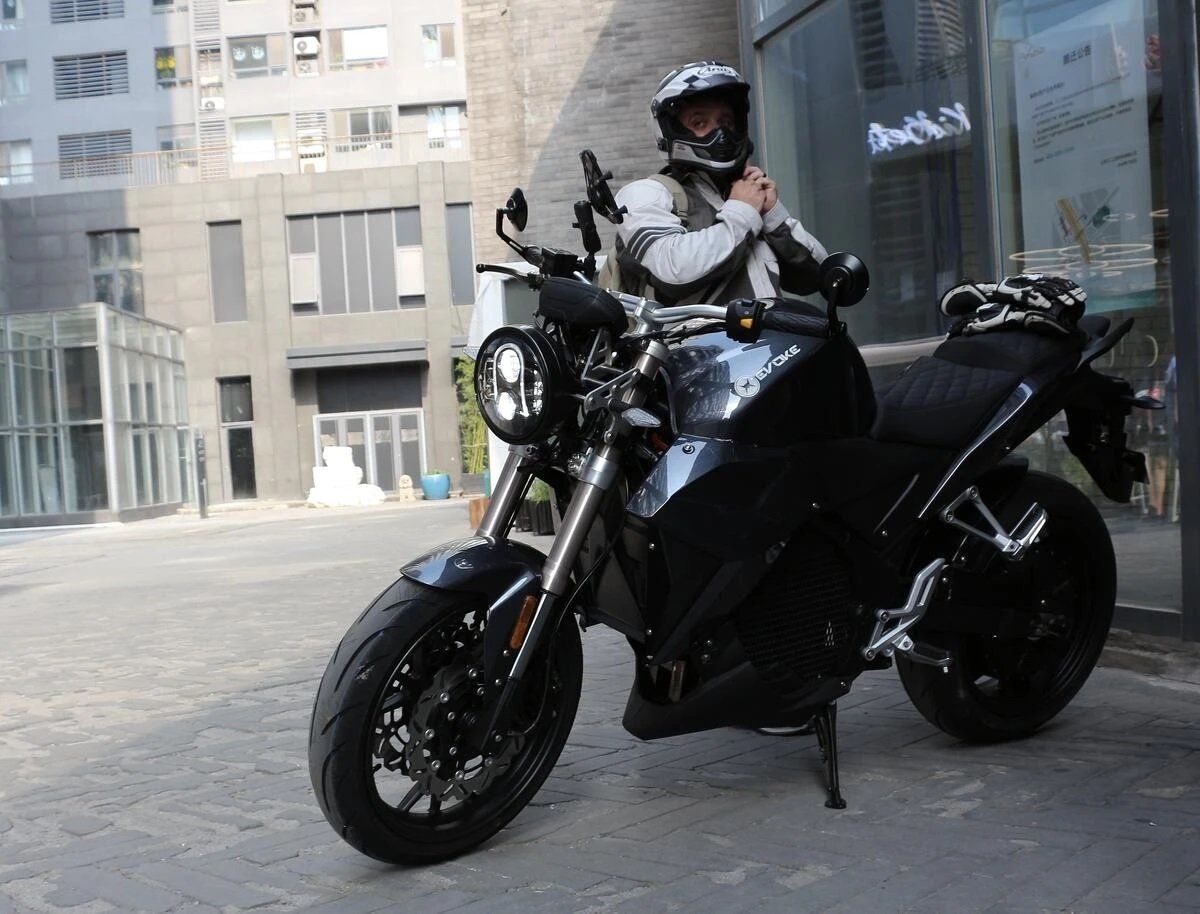
Lithium ion batteries mostly power electric motorcycles, and these batteries don’t do well in extreme or severe weather conditions. Since winter is around the corner, and most riders would not be riding their bikes as much, it is ideal for an individual who uses an electric motorcycle to know measures to take when storing the batteries.
The batteries of electric vehicles are the most relevant part and they sometimes cost more than a quarter of the price of the vehicle, especially in the case of motorcycles. Evoke Motorcycles use Lithium Ion Batteries, which happen to be the better option when it comes to EV. They are super lightweight and durable, if taken care of properly one would enjoy its complete lifecycle without an abrupt clutter. So here are some tips to storing your batteries:
1) EV batteries are best stored in a cool dry place, and far from flammable materials.
2) In extreme freezing temperatures, one should make sure the battery is stored in a room temperature, preferably nothing less than 15°C (59°F).
3) If lithium batteries are left flat for a period of time in a fully discharged state, they may no longer be functional. So, it is advisable to store your batteries within 40% to 50% charged.
4) If left for longer than 2 weeks at a time, it should be checked on and charged at least once a month within the range given above to prevent the battery from deteriorating and picking up perfectly from where it left off with no hidden surprises.
5) In situations where batteries happen to have been left in cold conditions, they shouldn’t be charged right away, but rather warmed to a room temperature before charging. The right way to do this is allowing the battery to sit and cool down in a room temperature, it might take a while for that to happen but using other dubious means to warm or defreeze the battery is dangerous and it could damage the battery. Charging a lithium battery in a frozen state is likely to damage the battery, lithium batteries should NEVER be charged in under 0°C (32°F) temperature.
For riders who wouldn’t let freezing temperatures stop them from riding their bikes in the cold weather, it is best if extra safety precautions are taken so as to shun any avoidable accidents in the winter season. Riders must wear special protective gear to shield them from the extreme cold weather.
1) Tight fit body suits (base layers) are advised so as to prevent cold gusty winds from entering any part of the suit and making contact with the body.
2) Wear warm gloves to make you comfortable enough to get a firm grip on the throttle. Heated grips and heated gloves are also a great option to increase your comfort.
3) Wear a reflective / hi-vis jacket or a brightly coloured one to keep you visible when riding; we all know during winter it doesn’t get very bright most times, and it gets dark pretty quickly. So, to avoid being caught off guard with sudden darkness or fog, it is better to get a reflective jacket to keep you on the safer side.
4) As a rider, one should make sure the headlights are bright enough, aimed properly at the road and kept clean to see the road better when dark.
5) Unlike usual favourable conditions, your level of awareness should be highly increased and reflexes a bit sharper, as other pedestrians and drivers are also struggling to get through the weather, especially in foggy and snowy days.
6) Taking short breaks to get rid of debris on visor in windy conditions is ideal as compared to trying to get them off while still riding.
7) To end with, as a rider it is most important to know your limits, your skills and your weakness. Winter season, as we already know, is not the best for riding so it is better to ride within your limits, and know you aren’t pushing yourself too much to get through such harsh conditions. If the conditions are severe for your comfort, take a break.
Remember Alert Today, Alive Tomorrow.

